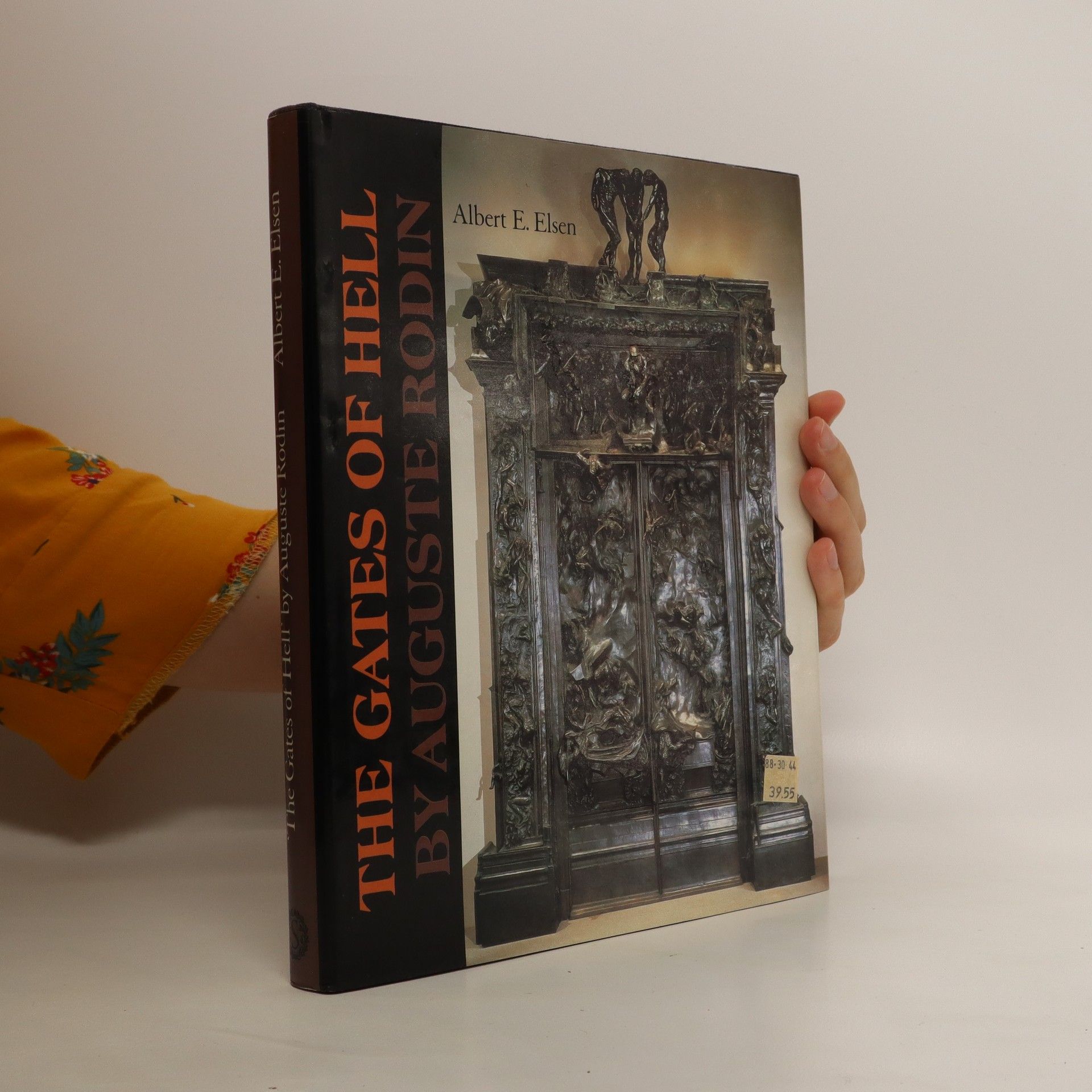Origins of Modern Sculpture
- 192 páginas
- 7 horas de lectura
This work examines the radical changes that transformed sculpture between 1890 and 1918.
Albert Edward Elsen fue un distinguido profesor de la Universidad de Stanford, un estudioso de Auguste Rodin y un historiador del arte modernista. Su trabajo se centró en el análisis de figuras y movimientos clave en el arte, enfatizando la evaluación crítica y una profunda comprensión de las creaciones artísticas. Las contribuciones de Elsen iluminaron la evolución del arte moderno y su impacto en generaciones posteriores de artistas y teóricos.


This work examines the radical changes that transformed sculpture between 1890 and 1918.
Library Journal: "A one-man Rodin industry, Elsen (Art History, Stanford) has written several books on the father of modern sculpture; and this is his second on ``The Gates of Hell.'' In the present richly illustrated volume, Elsen tells the story of the creation of the gates from the first preliminary drawings through their successive metamorphoses. Included are a panel-by-panel illustrated tour of the gates and a concluding chapter on Rodin's time. Free of the usual art historical cant, this is a very readable contribution containing much material of general interest on Rodin's emergence as one of the great sculptors of world history."--Raymond L. Wilson, Humanities Department, San Francisco State University